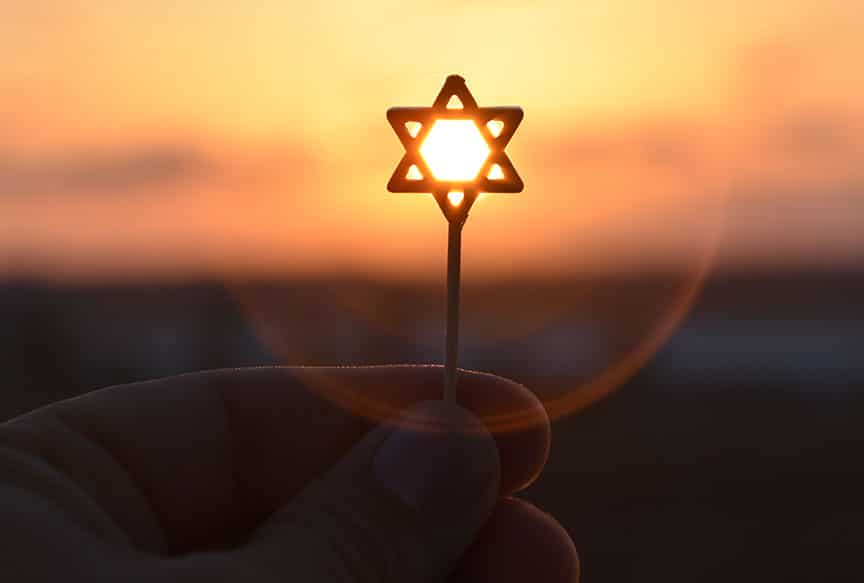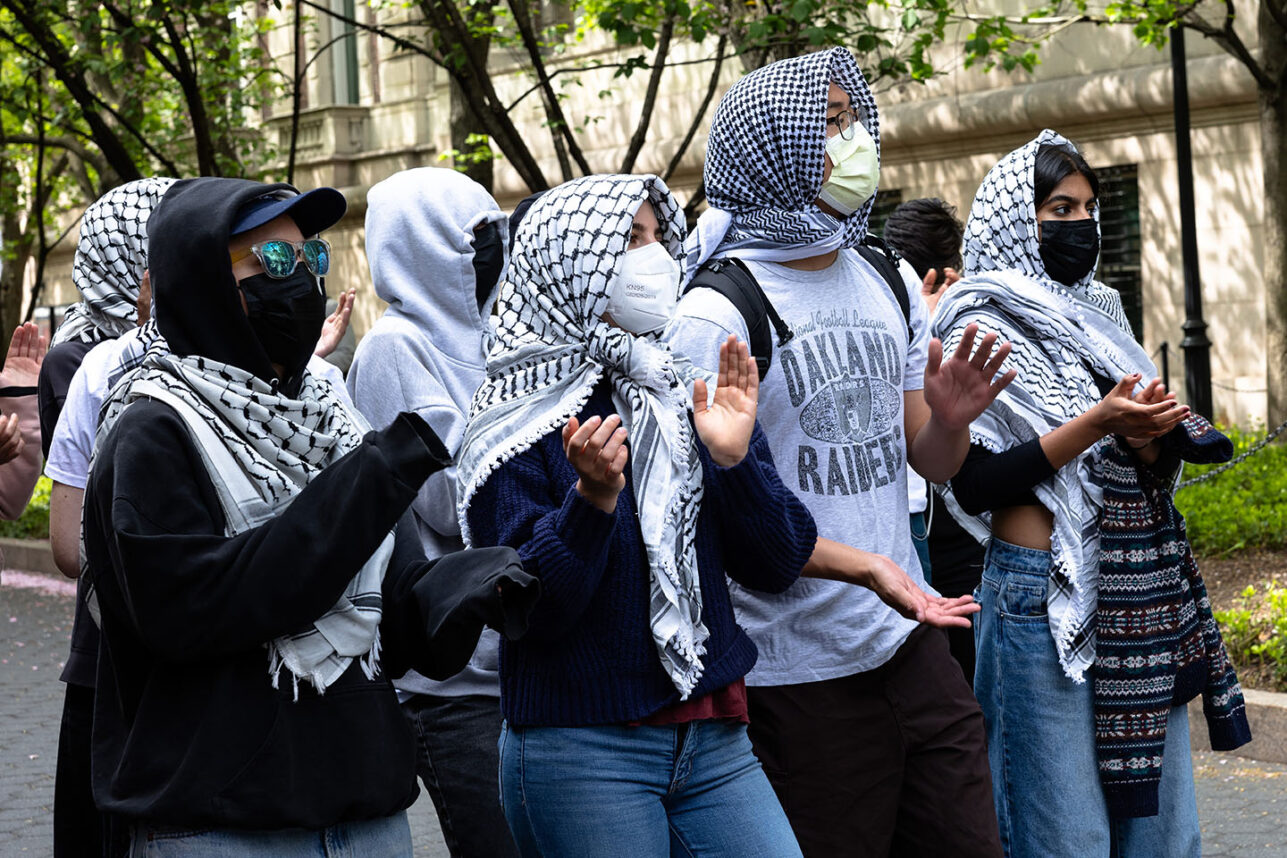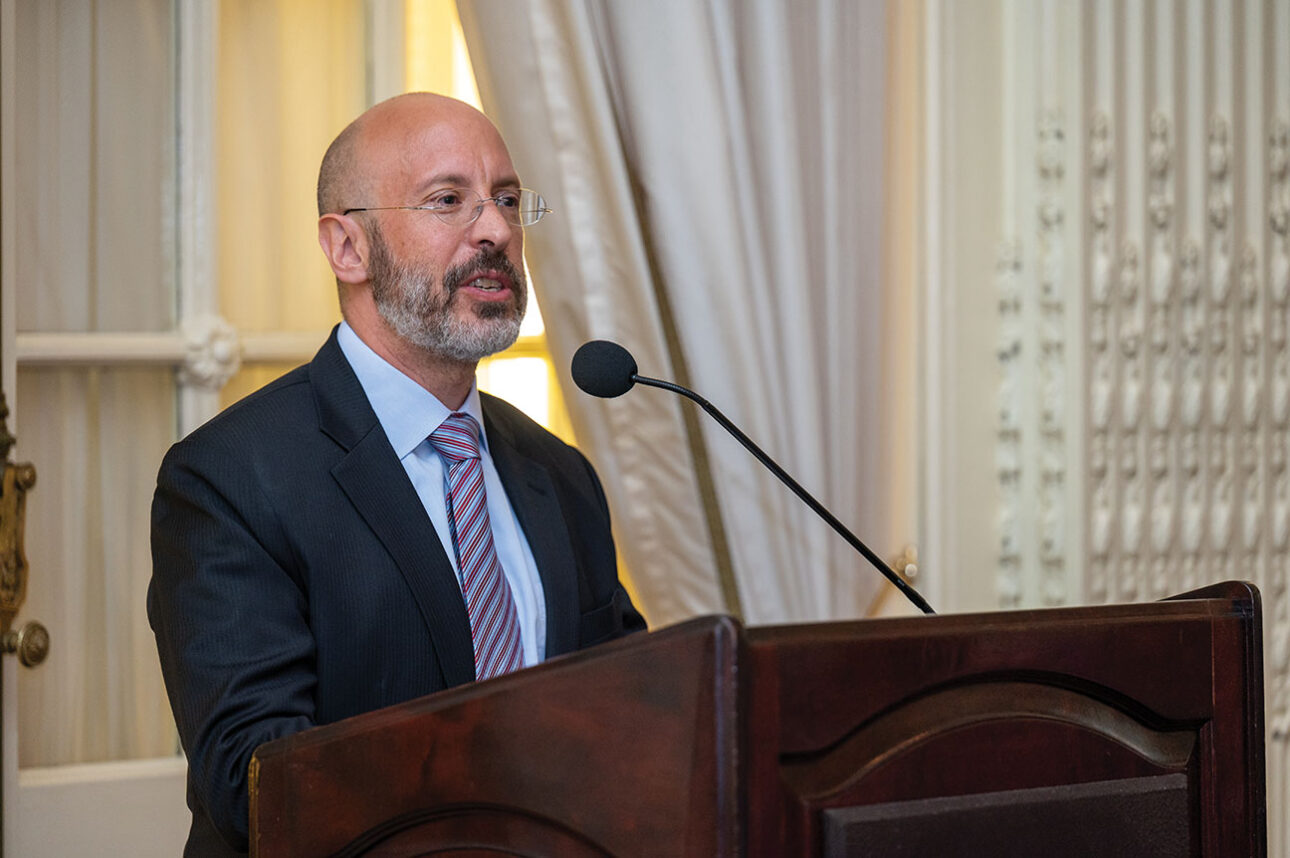 tzahiV/Getty Images
tzahiV/Getty Images Why is it that certain crises have trouble gaining traction? When a Jew gets attacked on the street, or a swastika is discovered on a synagogue wall, the Jewish community goes on Defcon 5. It’s all we can talk about.
But when someone brings up an equally important subject, such as the “erasure of Jewish identity,” many people politely yawn. Perhaps it feels a little too abstract.
This thought occurred to me the other day when I participated in a terrific virtual seminar on “Jewish-Israel Erasure in the Progressive Discourse,” sponsored and organized by the Reut Institute. I sat on a panel titled, “The Role of Emerging Communities.”
Before I shared what I believe Sephardic Jewry can bring to the Jewish conversation, I reflected on the difficulty of getting problems like “the erasure of identity” on the communal radar. Clearly, the notion of identity doesn’t feel as urgent as, say, the gold standard of Jewish concerns: antisemitism. An expression of Jew-hatred, whether on a leaflet or on social media or through a violent act, is visible and has no ambiguity.
The erasing of identity, on the other hand, is subtle and feels less immediate. Also, not only is “identity” hard to see and feel, it can even be associated with positive things like “becoming American.” For Jews for whom a Jewish identity is not that big a deal, replacing “Jewish” with “American” doesn’t feel like the end of the world.
The challenge becomes: How can we make Jewish identity something more concrete and enticing that people can experience and feel good about?
The challenge becomes: How can we make Jewish identity something more concrete and enticing that people can experience and feel good about?
I answered that question on my panel by taking as broad and positive a view as possible of the Jewish experience. I explained that growing up in Casablanca, I learned the “Judaism of the sun,” a Judaism of dreams and optimism, of beauty and aesthetics, of tight-knit neighborhoods and continuous Jewish holidays, and, perhaps above all, of faith in God.
After we moved to Canada when I was 8, I felt guilty that I had never heard of the most horrific trauma ever inflicted on Jews, the Holocaust. Over the years, as I joined in the commemoration of this singular tragedy and the imperative to never forget, I saw that my “Judaism of the sun” hadn’t left me. It was still in me. It helped that I befriended a Holocaust survivor, the late Eva Brown, who would always tell me that her best revenge against the Nazis what to love life and live it fully.
On my panel, I tried to connect these two dots—the abstract notion of identity with the palpable Judaism I picked up in my Jewish neighborhood of Casablanca. So much of my Jewish identity was wrapped up in things I could see and feel: the community oven where my mother would bring her dafina (Sephardic cholent); the hustle and bustle and scents of Jewish holidays; the magical night of Mimouna; the melodic chanting in synagogues; the gathering around Shabbat tables; the visits to the desert graves of holy men; and so on.
These were the “identity seeds” that were planted inside me, and that grew with time. And as they grew, it never escaped me that I could not separate my Jewish identity from the multiple Jewish acts that filled my life.
Just as a violent act against a Jew is visible and palpable, so is a visit to cheer up a lonely bubbe or zeyde.
The flip side of concrete darkness can be equally concrete. Just as a violent act against a Jew is visible and palpable, so is a visit to cheer up a lonely bubbe or zeyde. Just as an antisemitic flyer is concrete and easy to hate, a beautiful Shabbat table is concrete and easy to love.
Perhaps the best way, then, to fight the erasing of Jewish identity, from wherever it originates, is to nurture a Jewish identity “of the sun” that is both tangible and inspiring. That kind of identity, no one can erase.























 More news and opinions than at a Shabbat dinner, right in your inbox.
More news and opinions than at a Shabbat dinner, right in your inbox.